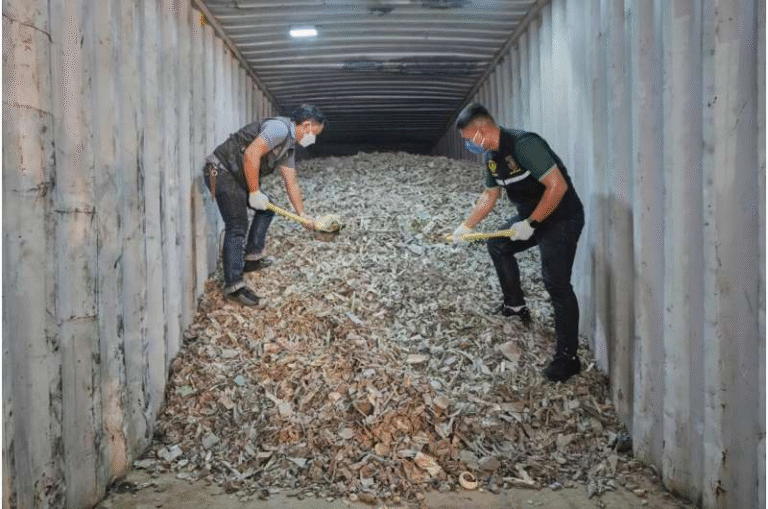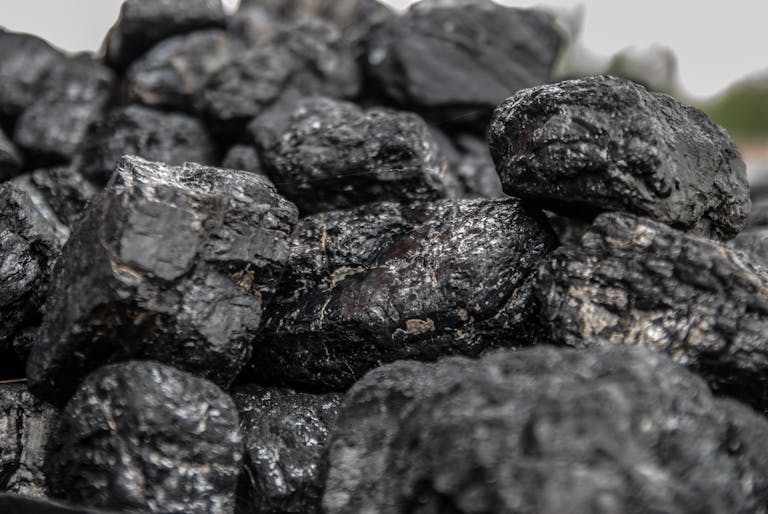Almost Everyone on Earth Faces Environmental Rights Threats According to a New Global Analysis

A new global assessment by researchers at the University of Colorado Boulder paints an alarming picture: over 99% of the world’s 7.7 billion people live in environments that threaten at least one of their fundamental environmental rights. This study, published in Environmental Research Communications on September 25, represents one of the most comprehensive looks to date at how unequal and hazardous global environmental conditions have become. It brings together large datasets covering air, water, climate, food systems, and biodiversity to understand how people around the world are being affected.
What makes this study particularly striking is its precision. Instead of focusing on a single problem—like air pollution or unsafe water—it evaluates five core conditions defined by the United Nations as essential for a healthy environment: clean air, clean water, a safe climate, healthy and sustainably produced food, and thriving ecosystems and biodiversity. The outcome is a sweeping overview that shows just how widespread environmental inequality has become.
What the Study Reveals
The research team found that nearly 3.4 billion people—almost half the global population—live in areas facing three or more environmental threats at the same time. Even more troubling, around 95 million people are exposed to all five forms of environmental risk. That means pollution, unsafe water, worsening climate conditions, unreliable or unsustainable food systems, and loss of natural ecosystems are stacking up in the same locations, creating cumulative harms.
One of the most common violations worldwide is the failure to meet clean air standards. The study defines clean air as having annual average outdoor particulate matter concentrations below the guideline set by the World Health Organization (WHO). Most people on the planet live somewhere that does not meet that benchmark. Following air concerns, the next most widespread violation is the threat to sustainable and healthy food production, which affects billions of people due to soil degradation, climate pressures, and industrial practices.
Even in places that are often assumed to be clean, the study reveals otherwise. For example, in the U.S. state of Colorado, ozone pollution from vehicles and oil and gas operations contributes to more than 800 deaths every year. Cities like Boulder, despite their reputation for fresh mountain air, regularly experience dangerously high ozone levels during summer months. These realities remind us that environmental threats are often less visible than we assume.
Where the Impacts Are Most Severe
Although the findings show that environmental threats are nearly universal, they are not evenly distributed. Disadvantaged populations—lower-income communities, displaced people, and Indigenous groups—experience far worse environmental conditions than wealthier groups. They are more likely to live with polluted air, face challenges accessing clean water, and endure extreme heat events made worse by climate change.
The geographic disparities are stark. South Asia stands out as a global hotspot, containing 41% of everyone living with all five environmental threats even though it represents only one-fifth of the world’s population. This means countries like India, Pakistan, Bangladesh, and Nepal are disproportionately affected due to high population density, rapid development pressures, and climate vulnerability.
The study also highlights the role of wealthy, industrialized nations in worsening conditions elsewhere. For example, pollution generated in the United States contributes to approximately 12,000 air-quality-related deaths in India and 38,000 deaths in China each year. Meanwhile, emissions from the 27 European Union countries have made extreme weather events 1.8 times more likely in regions such as Southeast Africa and the Amazon rainforest.
This illustrates a key point emphasized by the research team: environmental harm does not respect national borders. Activities in one location can easily degrade environments—and violate environmental rights—thousands of miles away.
Why These Environmental Rights Matter
In 2022, the United Nations formally recognized the global right to a healthy environment. While symbolically powerful, that recognition is not legally binding, and countries are not strictly required to act. The new study suggests that without stronger policies and shared international responsibility, environmental threats will continue accelerating and widening existing inequalities.
The authors argue that global supply chains are a major part of the problem. High consumption in wealthy countries drives deforestation, biodiversity loss, and pollution in lower-income regions where many goods are produced. This creates environmental injustice, where people contributing least to the problem suffer the most severe consequences.
Environmental decline also has broader social impacts. As conditions worsen, researchers warn of rising conflict, displacement, and instability. These pressures already affect many regions at risk today. Since environmental issues tie directly into economic and political systems, failing to address them could worsen global inequality.
Policy Solutions the Researchers Highlight
Despite the alarming statistics, the authors point out that solutions exist. They emphasize the need for stronger, enforceable environmental protections and greater accountability for companies operating across borders. Some countries, including The Netherlands, France, and Germany, have adopted due diligence laws that require companies to respect human rights—including environmental rights—throughout their global operations.
Expanding such laws could reduce the hidden environmental costs of international trade. The researchers hope their findings will support organizations, communities, and legal teams working to defend environmental rights. With clearer data showing how widespread and interconnected these problems are, arguments for stronger policies become harder to ignore.
Adding Context: The Broader Landscape of Environmental Rights
To give readers a fuller understanding, it’s helpful to explore what environmental rights encompass and why they are gaining attention worldwide.
Clean Air and the Global Air Pollution Crisis
Air pollution remains one of the leading environmental killers globally. Fine particulate matter from industrial activity, vehicle emissions, and burning fossil fuels is linked to millions of deaths every year. Some regions, particularly in Asia and Africa, regularly exceed WHO guidelines by several times. The health impacts include respiratory illness, heart disease, developmental issues in children, and reduced life expectancy.
Access to Clean Water
Despite being a basic necessity, billions still lack consistent access to sanitized, reliable water sources. Pollution from industry, agriculture, and mining often contaminates freshwater supplies. Climate change increases risks by altering rainfall patterns, melting glaciers, and causing saltwater intrusion in coastal regions.
The Climate Emergency
Climate instability manifests through extreme heat, storms, floods, and droughts—all of which threaten food systems, infrastructure, and safety. Many countries least responsible for emissions are experiencing the harshest effects. Heat-related deaths, in particular, are likely severely underreported in low-income nations due to limited monitoring.
Food Security and Sustainable Production
Global food production faces escalating pressures from soil degradation, water scarcity, and shifting climates. The combination of population growth and unsustainable farming practices makes access to healthy, sustainably produced food increasingly difficult for vulnerable communities.
Biodiversity Loss and Ecosystem Health
Human activities have driven species extinctions at rates not seen in millions of years. Forest loss, habitat fragmentation, pollution, and climate change reduce biodiversity and damage ecosystems that provide essential services—from pollination to clean water. The decline of the Amazon rainforest is one of the clearest examples of this trend.
Why This Research Is Important Going Forward
This study offers a unified, globally consistent method for measuring environmental rights violations. It serves as a wake-up call to governments and international organizations ahead of major climate negotiations like COP30, where nearly 200 countries will discuss future climate actions.
By showing that environmental threats are not isolated issues but overlapping global patterns, the research strengthens the case for urgent cooperation. The authors hope their work will empower communities advocating for cleaner, safer, and more just environments.
Research Reference:
Global Inequality in Environmental Conditions Underpinning Human Rights
https://doi.org/10.1088/2515-7620/ae0407





